Hayashi Rice is a popular and comforting dish in Japanese cuisine. It is a Western-style dish with Japanese adaptations, typically featuring a thick, flavorful beef and onion stew served over rice. Generally speaking, it is recognized by its dark brown sauce with rice. However, the true origins of Hayashi Rice are not confirmed…
There are actually several beliefs about how this dish was created and received its name. This time, let’s explore the three possible origins and two examples as a signature food at a restaurant and a cafe.
Sunday Roast Requires a Lot of Recipes

The British have a great affinity with the traditional “Sunday Roast,” which is believed to have begun in the 15th century. Every Sunday, after church, they would enjoy a ritual of freshly roasted beef. This is where the term “Beefeaters” came from.
For the poorest of families who didn’t own fireplaces in their houses, they would visit their local bakeries on the way to Church to have their beef baked.
In this way, people enjoyed “Sunday Roast,” but the amount of beef was quite large, so they had to consume beef almost every day of the week. Through these traditions, a lot of recipes for consuming beef have been required. One such invention is hashed beef, which became another one of the ways to cook their beef.

As you can see in the pictures above, one of the British styles of hashed beef is a kind of soup with thin-sliced beef and vegetables. This type of “Hashed Beef” was introduced to Japan in the Meiji period (1886-1912), and later, it was combined with the French Demi-glacé sauce by Japanese chefs.
The word “Hash” was probably mispronounced as “Hasshi or Hayashi,” then Japanese chefs served this dish with rice. It is said this is the birth of “Hayashi Rice.”
Hayashi Rice at Maruzen, Marunouchi, Tokyo
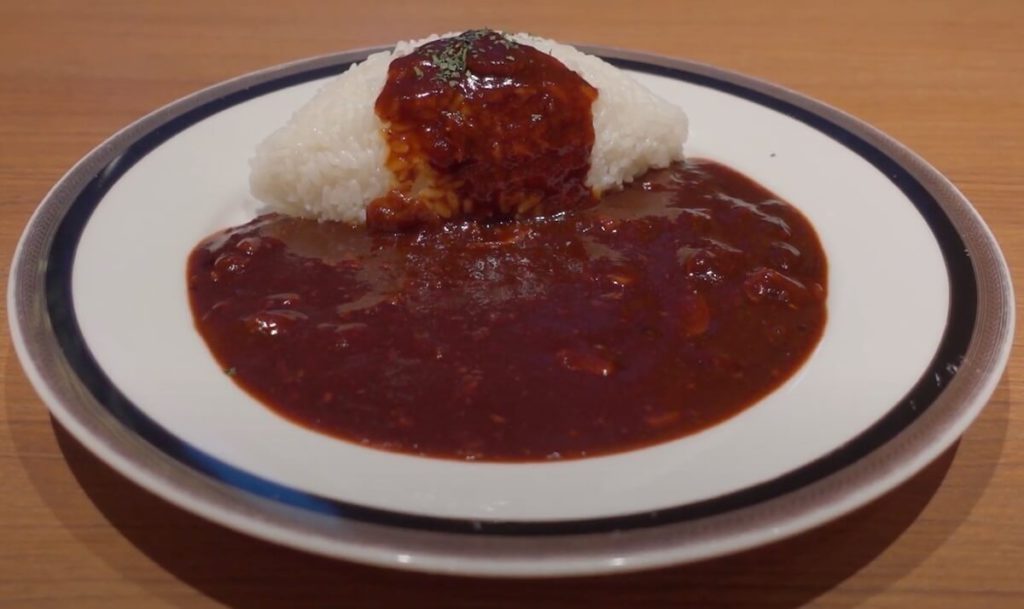
One of the creators of ‘Hayashi Rice’ is Mr. Yuteki Hayashi, an entrepreneur who also studied medical care. Maruzen store is one of the symbols representing westernization, selling imported books, other goods, and ‘Yoshoku’ western foods (since 1869).
Mr. Hayashi served his guests with nutritious foods, and one day when he was out of curry ingredients, he created hashed beef and onion soup simmered with demi-glacé sauce and served it with white rice. People named this dish “Hayashi Rice” after his name. You can still enjoy this original Hayashi Rice at the Maruzen bookstore in Tokyo.
Please check this link: https://ubercow.com/b/the-legend-of-hayashi-rice/
Hayashi Rice at Ueno Seiyo-ken

Ueno seiyo-ken (since 1872), a traditional western-style restaurant, has kept serving their elaborate dish, “Hayashi Rice,” which is a wonderful pairing of rice and demi-glacé sauce simmered for 8 days. Pour the sauce over the rice and eat it with a spoon! It is said that the chef named “Hayashi” was supposed to study and serve this dish, and it gained great popularity. Eating this food evokes some gorgeous and delightful feelings in people.
Please check this link: https://www.seiyoken.co.jp/global/en/
Hayashi Rice at a Yoshoku restaurant
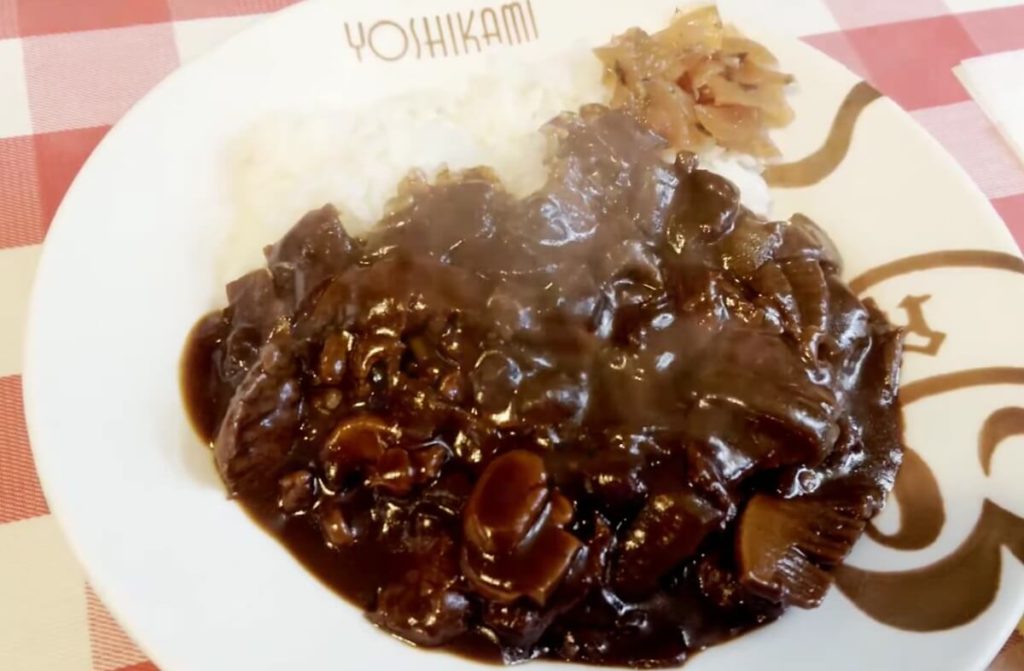
Hayashi rice has been a regular menu item at Yoshoku (洋食) restaurant, which serves western-style cuisine in Japan. ”Yoshikami,” a Yoshoku restaurant in Asakusa, serves this dish as a special, limited meal, using leftovers of tender beef steak. It is quite a popular menu which has usually been sold out everyday around noon.
Please check this link: https://e-asakusa.jp/en/spot/2118
What is the Difference between Hayashi Rice and Curry Rice?

“Hayashi Rice” started from cooking hashed beef, onion, and demi-glacé sauce. On the other hand, the key elements of “Curry” are spices and herbs, and the meat used to make curry in Japan varies from poultry to beef or pork.
Therefore, these two dishes look quite similar but are different in their ingredients. Hayashi Rice and Curry Rice co-exist on the menu and people enjoy their various choices for their lunch or dinner.
As for “Curry Rice,” please check this link: https://howtojapan.net/2021/11/19/differences-between-curry-rice-and-curry-don/
Hayashi Rice at a Kissaten, a Japanese Old-style Cafe
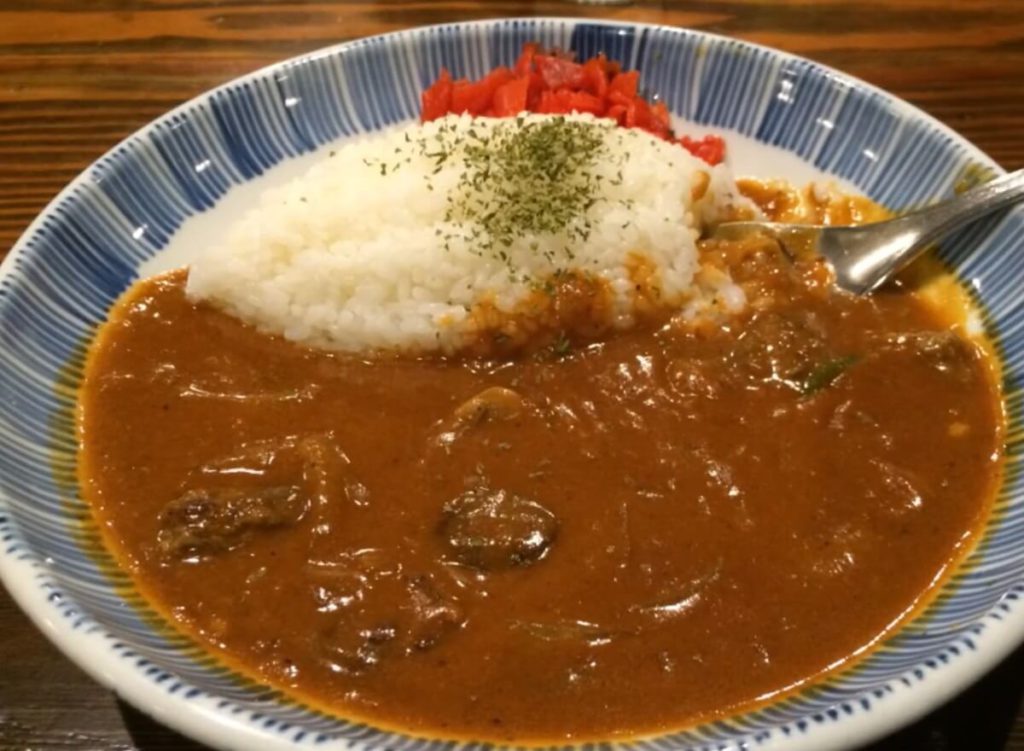

Hayashi Rice sometimes becomes a signature food at Kissaten, a Japanese old style café. Of course, the main menu of Kissaten is coffee, and food menus are limited. There are some cafés that specialize in Hayashi Rice rather than Curry Rice.
Joli Chapeau, a café in Fujisawa, Kanagawa, Japan, serves Hayashi Rice cooked by Dan Moroboshi「ダンのハヤシライス」. The owner, Koji Moritsugu, is a TV and movie actor in Japan. His quite famous character is Dan Moroboshi who actually in the story is a person from outer space named “Ultra Seven.”
Mr. Moritsugu opened his café to share the great memories of Ultra Seven with his fans. He chose Hayashi Rice as a signature food to specialize in his cafe. The Hayashi Rice there is a tomato-based simmered sauce made without adding any water.
Many fans have paid a visit to his café and shared some happy moments
Please check out this link: https://www.jolichapeau.com/ (Japanese site of Jolie Chapeau)
Final Thoughts
I picked out the most famous three episodes. “Mispronounced” is probably a possible and acceptable answer, in my opinion… However, Mr. Yuteki Hayashi’s episode at the Maruzen store is widely known to people. Ueno Seiyoken’s case is also possible, but another chef named Hayashi is doubtful.
Hayashi Rice is not outstandingly popular. However, it causes some delightful feelings to savor an elaborate taste inherited from Europe and grown in Japan with coffee and books at cafes, which I would like to recommend to those who visit Japan.
Which origin story do you believe? Please share your thoughts in the comments! Has anyone heard of any other origin stories not mentioned here? I look forward to seeing your comments.
Please check out this on HayashiRice:https://youtu.be/lxheoOtE3_Y?si=XGpHA2_3XonikKVV

National Tour Guide (English), Eiken Grade 1, TOEIC A rank. Have been studying and teaching English for over 30 years.

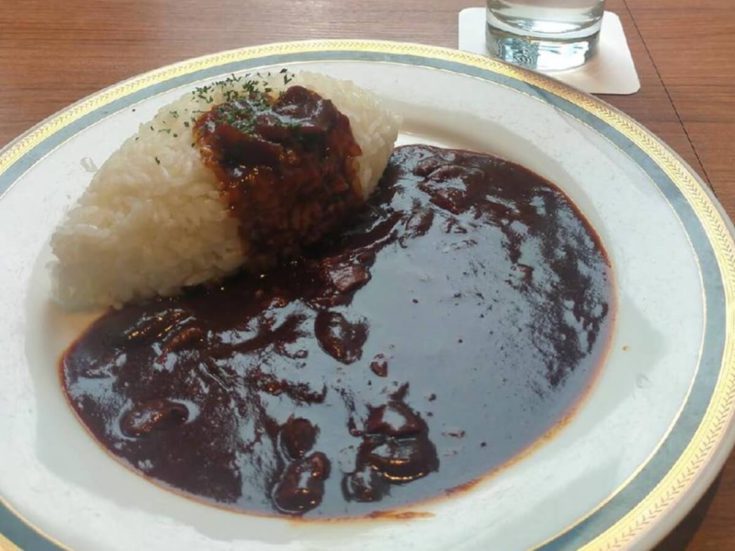
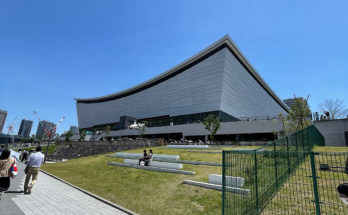
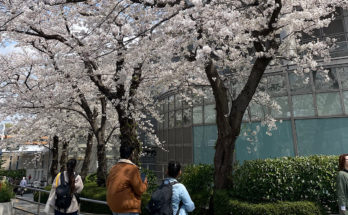

 HTJ has a YouTube page! Check it out
HTJ has a YouTube page! Check it out